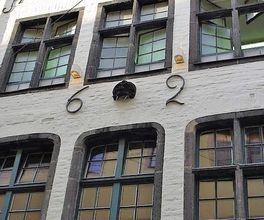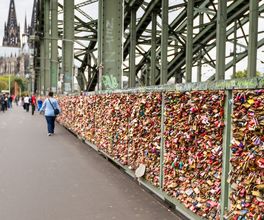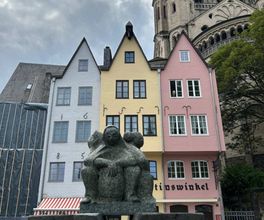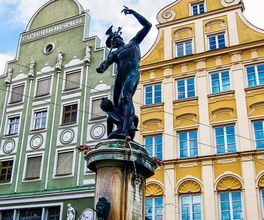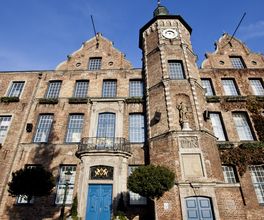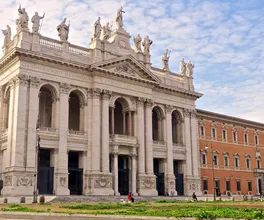




About this experience
Without the Cathedral, there is no Cologne! It is the most visited attraction in all of Germany. The city also retains 12 beautiful churches, which you will meticulously explore on the tour, while also walking through an interesting part of the city that will reveal to you a fascinating page of Cologne's history.
Program
We will walk through the Roman places, see the mosaic of Dionysus, discovered when a bunker was built on the site of a former Roman villa. We will stroll along the Roman city wall and arrive at the 4th-century Romanesque church of Gertrude, near which I will tell you everything I know about how Queen Helena founded it on the site of the execution of soldiers of the Theban Legion. I am sure the dome will enchant you, as it did me - the building is absolutely unique. It is hard to take your eyes off the spread tent.
If we are lucky and the passage along the church is open, we can see the Roman masonry. The Gertrude church hides the tallest structure of late antiquity. The height of the Roman structure extends to 14 meters and in some places reaches 17 meters. There are frescoes preserved from the 13th century in the baptistery.
From the church, our path leads to the next monument of late antiquity - the Roman Tower. I will tell you how the fortification was used in the Middle Ages, which saved it from destruction. Next to it is the semi-circular Helen Tower. In summer, it is almost invisible due to lush vegetation. The further course of the wall approximately corresponds to the curved direction of the street, only the wall does not go along the street, but parallel to it, under the foundations and basements of houses.
The next intersection is the place where the gates once stood. The remains of the wall and gates can be seen in a nearby cafe, in the basement of which a carefully preserved restored part is kept. In addition, here you can have a coffee and a snack, discuss everything you have seen.
Ahead is another Romanesque church - the Church of the Holy Apostles. If there is still strength afterwards, we will definitely go to the Churches of Cecilia and Peter - the only surviving pair of churches in the city. Before the secularization of the early 19th century there were several pairs of churches. They were all destroyed. The Church of St. Cecilia is now a museum, and in the neighboring church you can see Rubens' painting "The Crucifixion of St. Peter."
Who is this tour for
For all those who love history and architecture.
